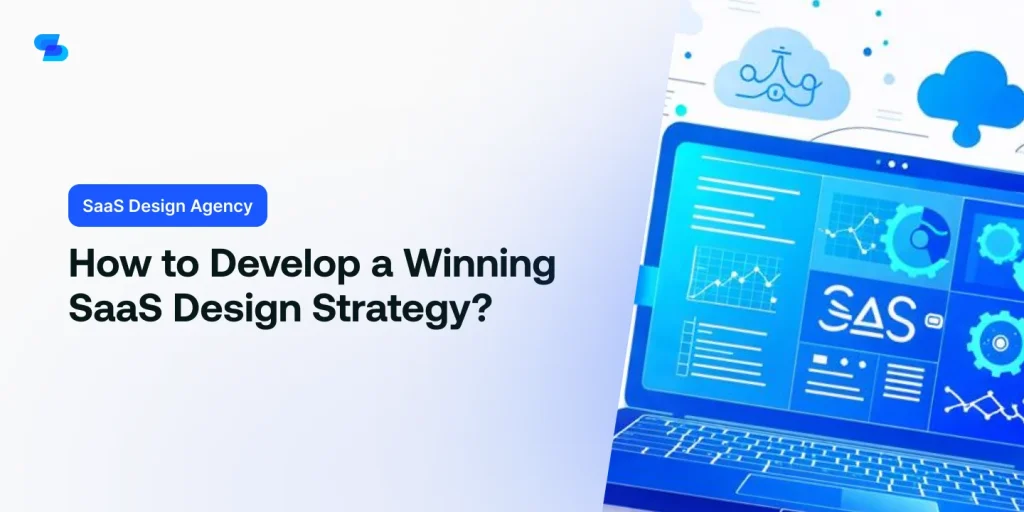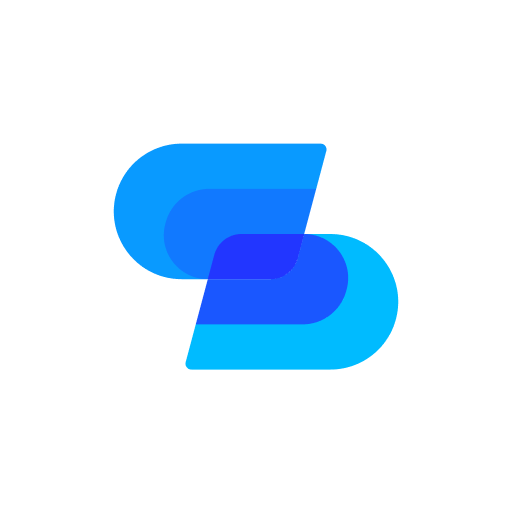You’ve got a groundbreaking SaaS idea, but without a killer design strategy, it’s dead in the water. Think you can slap together a fancy interface and call it a day? Think again. Your users are savvier than ever, and they’ll ditch your product faster than you can say “bounce rate” if it doesn’t meet their needs. But here’s the kicker: developing a winning design strategy isn’t just about pretty pixels. It’s a complex dance of user psychology, business objectives, and technological innovation. Want to know the secret steps to this high-stakes choreography? There’s more to it than meets the eye.
Understanding Your Target Users
Success hinges on knowing your audience inside and out. It’s not enough to have a vague idea of who might use your SaaS. You need to dive deep, unearth their pain points, and grasp their daily struggles. Don’t just guess—talk to them. Conduct interviews, run surveys, and observe their behavior. Your goal? Uncover the hidden needs they can’t articulate.
Create user personas, but don’t stop at demographics. Dig into their motivations, fears, and aspirations. What keeps them up at night? What makes them feel like heroes at work? These insights will fuel your design decisions.
But here’s the kicker: your users aren’t static. They evolve, and so should your understanding. Set up feedback loops, analyze user data, and stay connected to their changing needs. Remember, you’re not designing for everyone—you’re solving specific problems for specific people.
Don’t fall into the trap of assuming you know best. Your assumptions can blind you to important insights. Challenge your preconceptions and be ready to pivot when user research contradicts your beliefs. In SaaS, empathy isn’t just nice—it’s your competitive edge.
Defining Clear Design Objectives
Armed with user insights, it’s time to set your design’s North Star. Forget vague goals like ‘improve user experience.’ Get specific. Brutally specific. Your objectives should be so clear, a five-year-old could understand them.
Start with pain points. What makes users want to hurl their devices out the window? Target those frustrations mercilessly. Next, define measurable outcomes. Don’t say ‘increase engagement.’ Say ‘boost daily active users by 30% within three months.’ Concrete targets drive focused action.
Now, prioritize ruthlessly. You can’t solve world hunger with one design update. Pick three objectives max. Any more, and you’re just fooling yourself. Align these goals with your overall business strategy. A pretty interface means nothing if it doesn’t drive revenue or retention.
Challenge conventional wisdom. If everyone’s zigging, maybe you should zag. Could a radically simplified UI outperform feature-rich competitors? Don’t be afraid to bet big on unconventional ideas.
Creating Intuitive User Flows
You’re building a SaaS product, not a maze.
Slash cognitive load by streamlining user paths and spotlighting key actions.
Your users shouldn’t need a map; guide them intuitively through your software’s landscape.
Streamline User Navigation
In the labyrinth of SaaS design, intuitive user flows are your secret weapon for keeping customers hooked and coming back for more. But here’s the kicker: maneuvering isn’t just about getting from A to B. It’s about crafting an experience so smooth, users forget they’re maneuvering at all.
Ditch the bloated menus and convoluted pathways. Embrace minimalism with a vengeance. Every click should feel like a revelation, not a chore. Think Netflix’s effortless browsing or Slack’s lightning-fast channel switching. That’s your north star.
Break the mold with unconventional maneuvering patterns. Forget what you’ve been told about ‘best practices.’ Maybe your app needs a radial menu, or perhaps a gesture-based system. The key? Test relentlessly. Your users’ behavior is your ultimate guide.
Don’t underestimate the power of micro-interactions. A subtle animation here, a satisfying click sound there – these details transform maneuvering from mundane to magical.
Minimize Cognitive Load
Cognitive overload is the silent killer of user engagement – your mission: ruthlessly eliminate mental hurdles. Strip away the unnecessary. Every button, menu, and feature should justify its existence. If it doesn’t serve a clear purpose, axe it.
Think minimalism on steroids. Your users aren’t here to admire your design prowess; they’re here to get stuff done. Guide them with laser-focused precision. Use progressive disclosure – reveal information only when it’s needed. Don’t bombard users with choices; offer smart defaults.
Break complex tasks into digestible chunks. Implement step-by-step wizards for intricate processes. Use visual cues and micro-interactions to subtly guide user behavior. Leverage familiar patterns – don’t reinvent the wheel unless it’s truly revolutionary.
Remember, your users’ mental energy is a finite resource. Every decision they make, every piece of information they process, drains that reservoir. Your job? Be the cognitive miser. Anticipate needs, automate where possible, and ruthlessly simplify.
Embrace white space. It’s not empty; it’s breathing room for the mind. Group related elements, use consistent layouts, and create a visual hierarchy that guides the eye effortlessly. Your interface should whisper, not shout.
Prioritize Key Actions
While minimizing cognitive load strips away the unnecessary, prioritizing key actions amplifies what truly matters. Your SaaS design should scream its primary function, not whisper it. Identify the core actions users need to perform and make them unmissable.
Don’t be a hoarder of features. Ruthlessly cull secondary functions. Bury them in menus if you must, but keep your main screen laser-focused on key actions. Think of it as a digital triage – what absolutely needs immediate attention?
Create a hierarchy of importance. Use size, color, and positioning to guide users’ eyes to critical buttons. Make your ‘Buy Now’ button impossible to ignore, not lost in a sea of equally weighted options.
Design intuitive flows that feel like a natural conversation. Each action should logically lead to the next, creating a seamless journey. Don’t make users hunt for the next step – serve it up on a silver platter.
Prioritizing Accessibility and Inclusivity
Accessibility isn’t a luxury; it’s your SaaS product’s moral and legal obligation. Ignore it at your peril. You’re not just losing potential users; you’re courting lawsuits and brand damage.
Start with the basics: color contrast, keyboard navigation, and screen reader compatibility. But don’t stop there. Think beyond disabilities. Inclusivity means considering diverse cultures, languages, and socioeconomic backgrounds.
Challenge your assumptions. Your ‘intuitive’ design might be baffling to someone from a different cultural context. Test with diverse user groups. Listen to their feedback, even when it’s uncomfortable.
Embrace flexibility. One-size-fits-all is a myth. Allow users to customize their experience. Adjustable text sizes, color schemes, and interface layouts aren’t just nice-to-haves; they’re necessities for many.
Don’t treat accessibility as an afterthought. Bake it into your design process from day one. It’s cheaper and more effective than retrofitting later.
Implementing Data-Driven Design Decisions
Gut feelings won’t cut it; your SaaS design needs cold, hard data to thrive. Ditch the guesswork and embrace the power of metrics. Start by identifying key performance indicators (KPIs) that align with your business goals. Track user behavior, conversion rates, and engagement levels religiously.
A/B testing isn’t just a buzzword; it’s your secret weapon. Pit design variations against each other and let the numbers speak. Don’t be precious about your ideas; let data crush your darlings.
Heat maps and user session recordings offer a window into your users’ souls. Watch where they click, scroll, and struggle. Then, mercilessly optimize.
Leverage analytics tools to uncover patterns and pain points. Are users abandoning ship at a specific stage? That’s your cue to redesign.
Survey your users, but don’t just ask; observe their actions. What they say and do often diverge.
Continuous Iteration and Improvement
Armed with data, you’re ready to embrace the never-ending cycle of refinement that’ll keep your SaaS design sharp and users coming back for more. Forget the ‘set it and forget it’ mentality; your SaaS design is a living, breathing entity that demands constant attention.
Start small. Pick one feature or user flow to dissect and improve. Don’t try to boil the ocean. Implement changes incrementally, measuring the impact of each tweak. Be bold, but not reckless. Test radical ideas in controlled environments before releasing them on your entire user base.
Listen to your users, but don’t become their slave. They’ll often tell you what they want, not what they need. Your job is to read between the lines and innovate beyond their expectations.
Use A/B testing religiously, but don’t let it paralyze you. Sometimes, gut instinct trumps data.
To Wrap Up
You’ve got the blueprint. Now, shake things up. Don’t just follow the crowd—challenge conventions. Your SaaS design strategy should be a rebel with a cause.
Push boundaries, but never lose sight of your users’ needs. Remember, data’s your ally, but intuition’s your secret weapon.
Keep iterating, keep innovating, and don’t be afraid to ruffle some feathers. In this cutthroat SaaS world, mediocrity is the enemy. Go big or go home.

